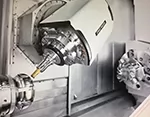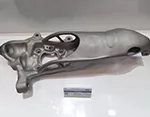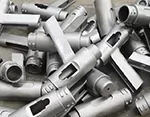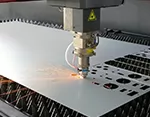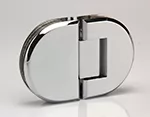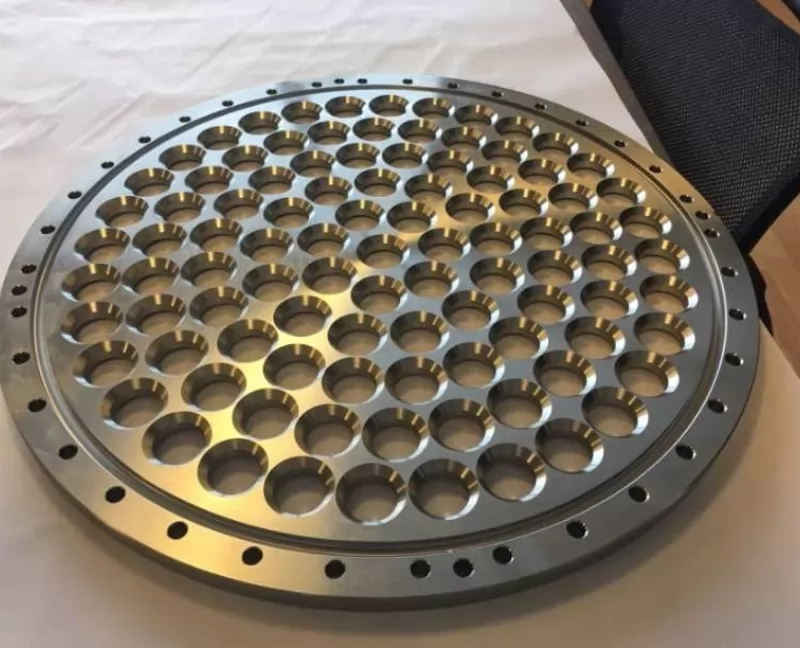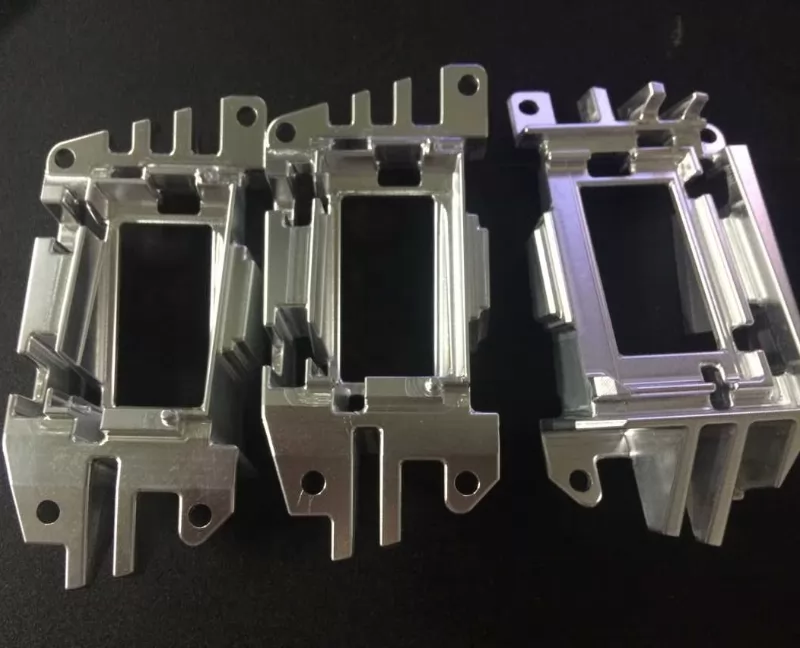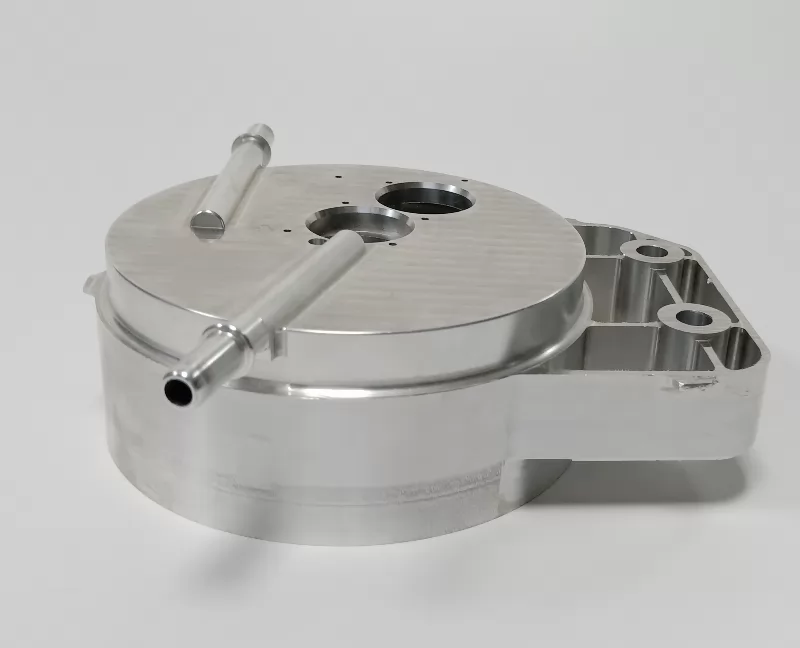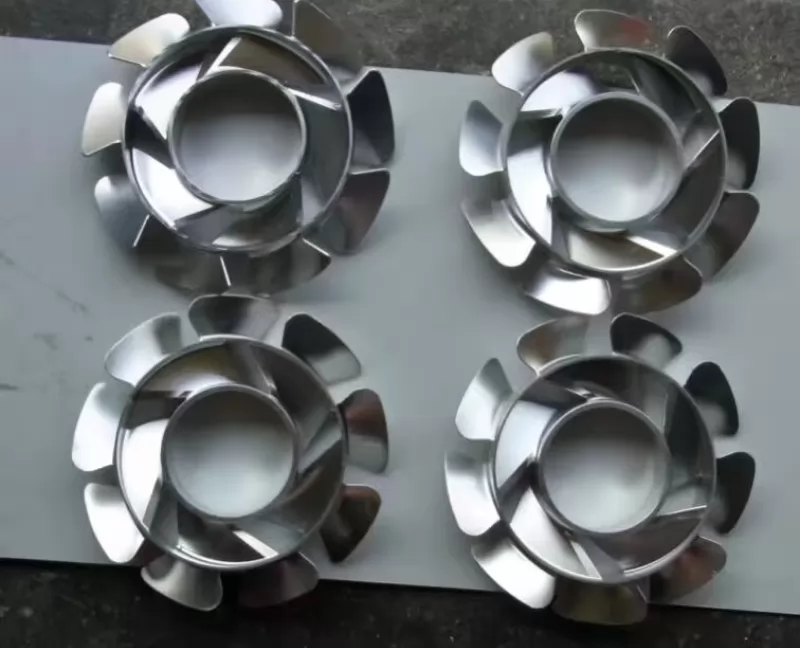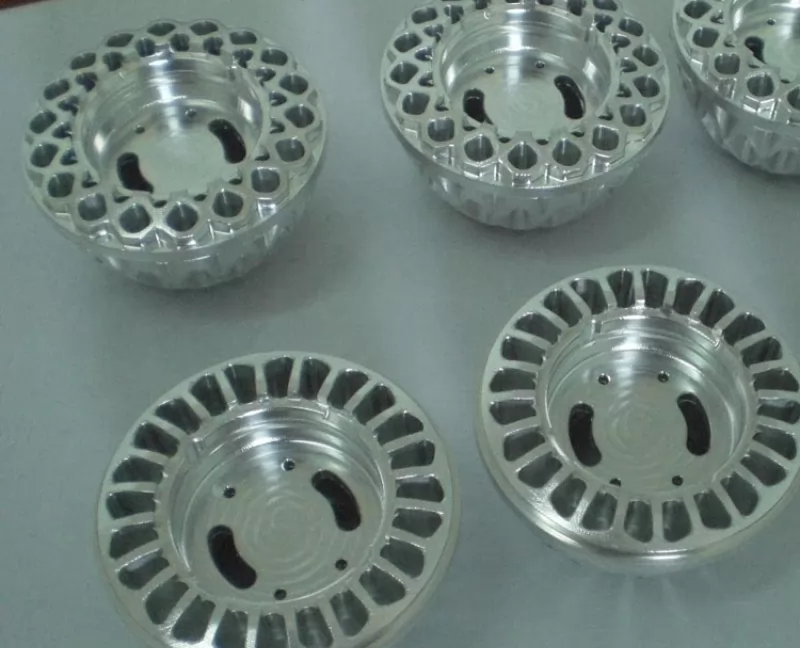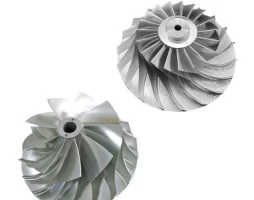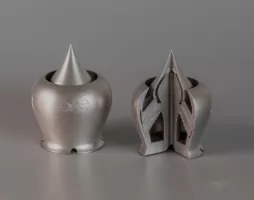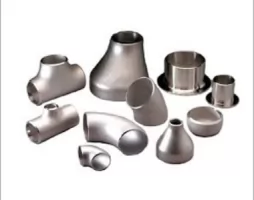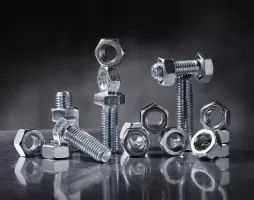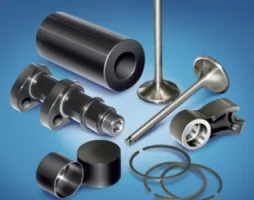-
Service
+
- CNC Precision Machining Service +
- Multi-Axis Simultaneous Machining Service +
- CNC Turning Service +
- Metal 3D Printing Service +
- Rapid Prototyping Service +
- Die Casting Service +
- Sheet Metal Fabrication Service +
-
Finish Serivces
+
- Polishing
- Grinding
- Brushed Finish
- Sand blasting
- Painting
- Powder Painting
- Anodizing
- Hard anodizing Service
- Passivation
- Zinc Plating
- Nickel Plating
- Chrome Plating
- Blackening
- Black Zinc Plating
- Teflon Coating
- Titanium Coating
- DLC Coating
- Laser Marking
- Silk Screen Printing
- Transfer Printing
- Micro Arc Oxidation
- Industries +
- About Us +
- Resource +
- Contact Us
- Quote

-
Service
-
>
-
>
-
>
-
>
-
>
-
>
-
>
-
>
-
- Industries
- About Us
- Resource
- Contact Us
Kesu Hardware offers industry-leading online CNC machining services. Whether you need machined prototypes or low-volume production parts, simple or incredibly complex geometries, aesthetic or functional parts, our robust CNC machining capabilities can produce them for you.
What is Low Volume Manufacturing?
Low-volume manufacturing (LVM) often sits somewhere between prototyping and mass production, providing manufacturers with a unique space to combine the flexibility of the former with the precision and repeatability of the latter. Let's take a closer look at what LVM really encapsulates.
Over the years, LVM has evolved from a stopgap solution to a strategic decision. With the rise of customization, niche markets and rapid technological advances, manufacturers are discovering that producing a million units is not always the best or most cost-effective way to go. In turn, the production of mini-batches allows for faster iteration, market testing, and more agile response to market demand.
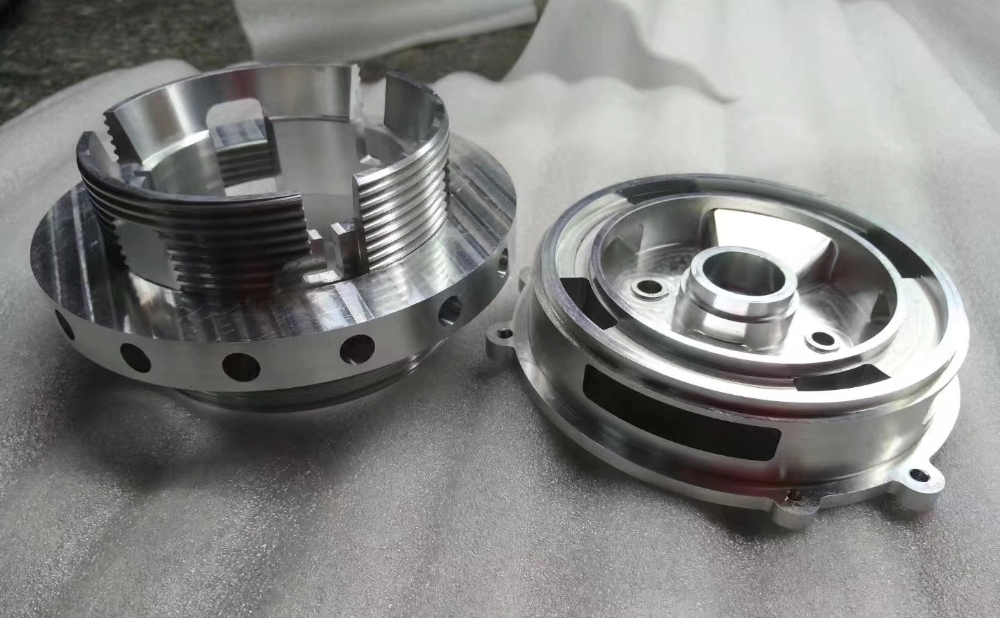
The Difference Between Prototyping and Low Volume Production
Prototyping is the initial stage of product development, where designs are tested and iterated. Prototypes are typically not sold but used internally for design validation.
Low-volume manufacturing (LVM) refers to the production of products in small batches for market testing, niche markets, or products with low demand. LVM provides a unique space where manufacturers can combine the flexibility of prototyping with the precision and repeatability of mass production.
Mass production is the stage of mass production after the design of the product has been determined and the market demand is clear. This resulted in hundreds of thousands to millions of units being manufactured.
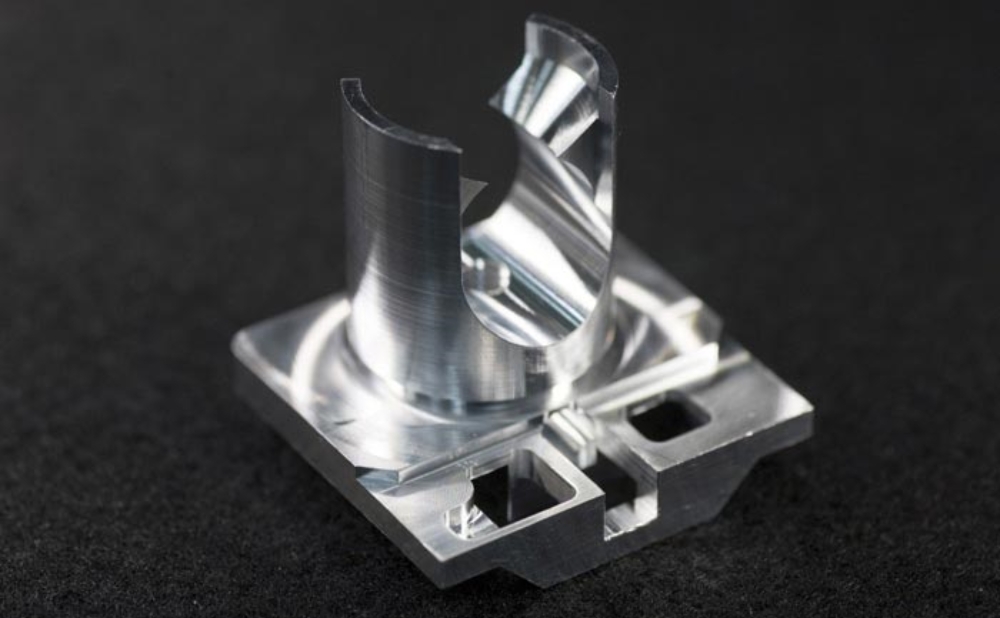
Why Choose a Small-Batch Production?
In an era where manufacturing methods are as diverse as the products they produce, low-volume manufacturing (LVM) has become a beneficial option for many businesses. But why is LVM the method of choice in more and more industries? Let's break it down.
1. Production flexibility
One of the most important advantages of the LVM is the flexibility it provides. By shortening the production cycle, companies can quickly adapt to market changes, modify designs or introduce new features based on real-time feedback.
Rapid iteration: Unlike mass production, where design flaws can lead to huge losses, LVM allows manufacturers to quickly iterate on their designs. If a design error occurs in one batch, it can be corrected in the next batch without significant cost.
Tailored for Niche Markets: LVM is ideally positioned to produce products tailored to niche markets or specialized applications. These products may not have the huge demand for mass production, but they still require cost-effective manufacturing methods.
2. Cost effectiveness of limited operations
Not all products warrant the set-up costs of mass production, especially when demand is not in the millions. With LVM, companies can produce on demand, reducing the need for large inventories and associated costs.
The setup costs for large-scale production, especially for processes such as injection molding, can be quite high. LVM uses methods such as 3D printing or CNC machining and is more cost-effective for shorter runs.
3. Speed to market
In today's fast-paced market, first-mover advantage can make a big difference. LVM typically has faster turnaround times than building large-scale production lines. This means products can be brought to market more quickly. As a result, companies can produce limited batches, test market reaction, and then decide to scale up or iterate based on feedback.
4. Customization and personalization
Demand for personalised products is on the rise. LVM is perfectly positioned to cater to this trend. Whether it's specific colors, design tweaks or feature additions, LVM can meet these requirements more efficiently than mass production. The result is that brands can produce limited-edition products, adding exclusivity and driving demand.
5. Risk Mitigation
Manufacturing always comes with its own set of risks, from design flaws to overproduction. With LVM, companies can produce based on confirmed orders or accurate demand forecasts, reducing the risk of overproduction and unsold inventory. As mentioned earlier, the effect of design flaws is minimized in LVM. If an error is found, it will only affect a limited batch.
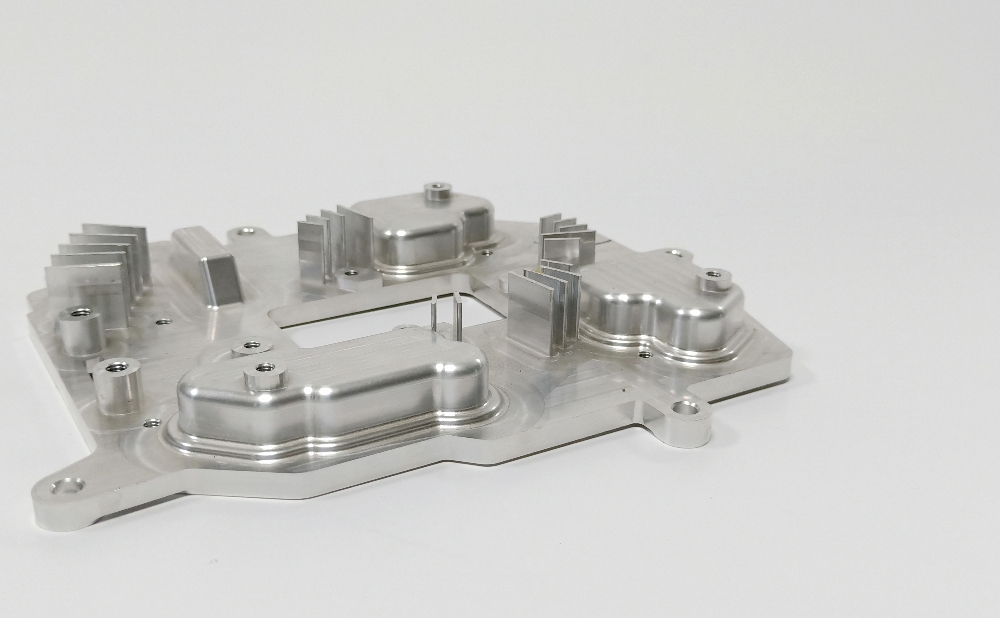
Small Batch Manufacturing Process
CNC machining
CNC machining stands out as a versatile and widely adopted LVM process. It uses computer-controlled tools to create parts subtractively from a block of material.
CNC machines can achieve tight tolerances (within +/- 0.005 inches) with repeatable results from part to part, critical to maintaining LVM quality. It can also process a wide range of materials, including metals, plastics and ceramics.
Applications: Aerospace parts, automotive parts, prototypes and complex assemblies.

